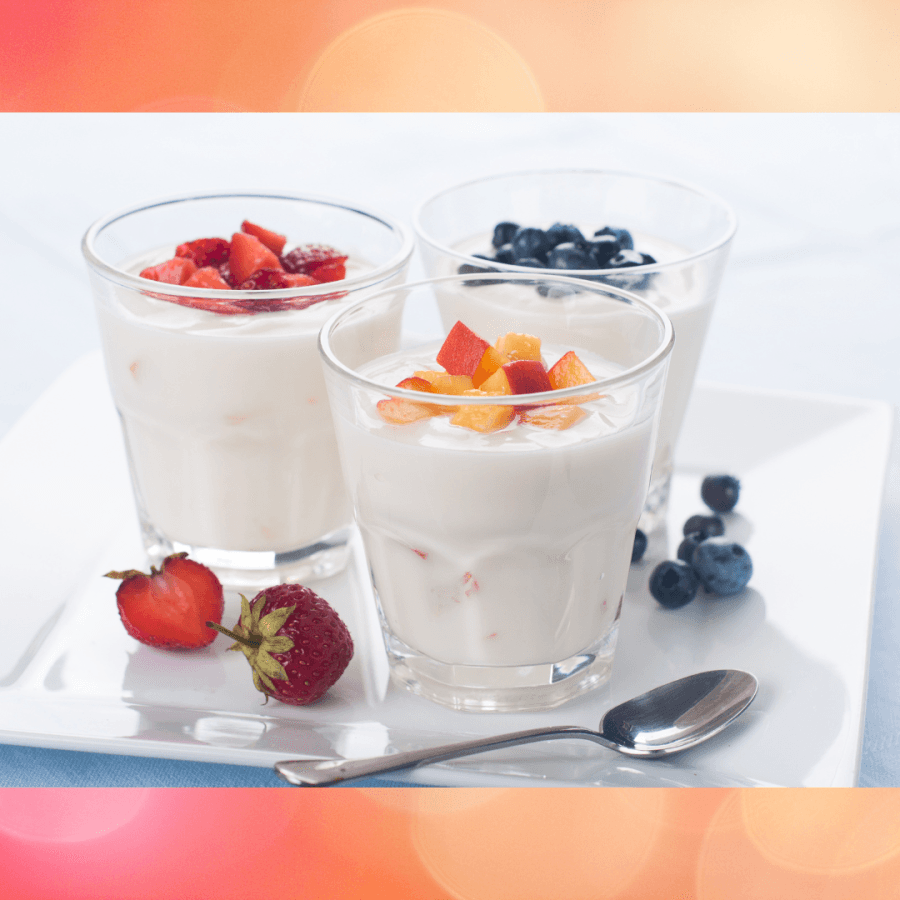
Howdy y’all, Fresh Food for All here! Last time we discussed curing and confits, two food preservation techniques used by humans for thousands of years, a series which we’ll continue and conclude today, but, before we get started, be sure to come out to our tenth FFFA distribution! We’ll be at Rockbridge United Methodist Church every 4 th Friday, from 9:00-11:00 AM, located at 2001 W New Hope Dr, Cedar Park, TX 78613. See you there!
Fermentation- Of all the preservation techniques this one is my all-time favorite, one nearly as old as civilization itself, because of the simplicity, the health benefits, and the great taste! Ask someone about fermentation and the first thing that will likely come up is alcohol, and yet the first bit of fermentation was dairy, well before even 10,000 BCE! Think yogurt, sour cream, cheese, kefir, etc. Evidence for fermented alcohol first showed up around 7,000 BCE in China, as a mixture of rice, honey, and fruit, each of those giving birth to sake, mead, and wine respectively. The first to experiment with yeast in the fermentation process were the Egyptians in 3,500 BCE, who started leavening their bread, as before bread products were flatbreads like naan or pita. Afterwards, novel fermentations of different food products began to occur regularly, including things like sauerkraut, kimchi, kombucha, etc. Keep in mind, fermented foods are great for your health because they increase the diversity of gut microbes and decrease inflammation. So now you know why you should eat fermented foods, but how do you ferment them? The technique is fairly straightforward for fermented produce, though fermenting dairy gets more complicated, and experts should be consulted first. Essentially, you’ll just need a mason jar, cloth, a bowl, and lids for the jars. Make sure to thoroughly sterilize the jars, bowl, and lids, washing with soap and water. Once you’re ready, chop up the produce (cabbage for example) and transfer it to a bowl where you can cover it in salt and massage it into the cabbage for 5-10 minutes. Pack the cabbage into the jar and tamp it down every so often. Pour the excess liquid released by the cabbage in the bowl from the massage into the jar, then weigh down the cabbage below the top of the liquid using a clean weight. Afterwards cover the jar with a cloth and secure it with a rubber band. Over the next 24 hours press down on the cabbage to make it release more liquid. Then allow the cabbage to ferment in the jar for the next 3 to 10 days, keeping it out of direct sunlight and between 65 to 75 degrees. Taste test after 3 days and if it’s good, screw on a cap and refrigerate, it will continue to ferment. If you see any mold, remove the mold immediately and make sure the cabbage is fully submerged. Sauerkraut will last several months this way!
Freeze-drying – When most people hear the phrase freeze-drying, they automatically think of NASA, but surprisingly, freeze-drying is also an ancient food preservation technique. The Quechua and Aymara peoples of Bolivia and Peru used to freeze-dry their potatoes to make a product called chuño, meaning ‘frozen potato,’ which served as a staple for many of their dishes and tremendously extended the life of their spuds. So how do you freeze-dry potatoes to make chuño? First, you spread out and freeze your potatoes. The Quechua and Aymara would leave their potatoes out on the mountains at night where they would easily freeze, though you can do it in your freezer. Afterwards, you take the potatoes out to thaw in the sun and crush them until they’re separated from their skin and liquids, then they’re frozen again. This process is repeated for three nights, until they’re totally dehydrated! In this state chuño can last for several years, even decades. To consume them you’ll rehydrate them and make soup or stews!
And with those two techniques, that’s the last of this series! Please let us know what you thought of these brilliant strategies by our human ancestors, and if you have any success following in their footsteps! We’ll see you next time with Fresh Food for All!
